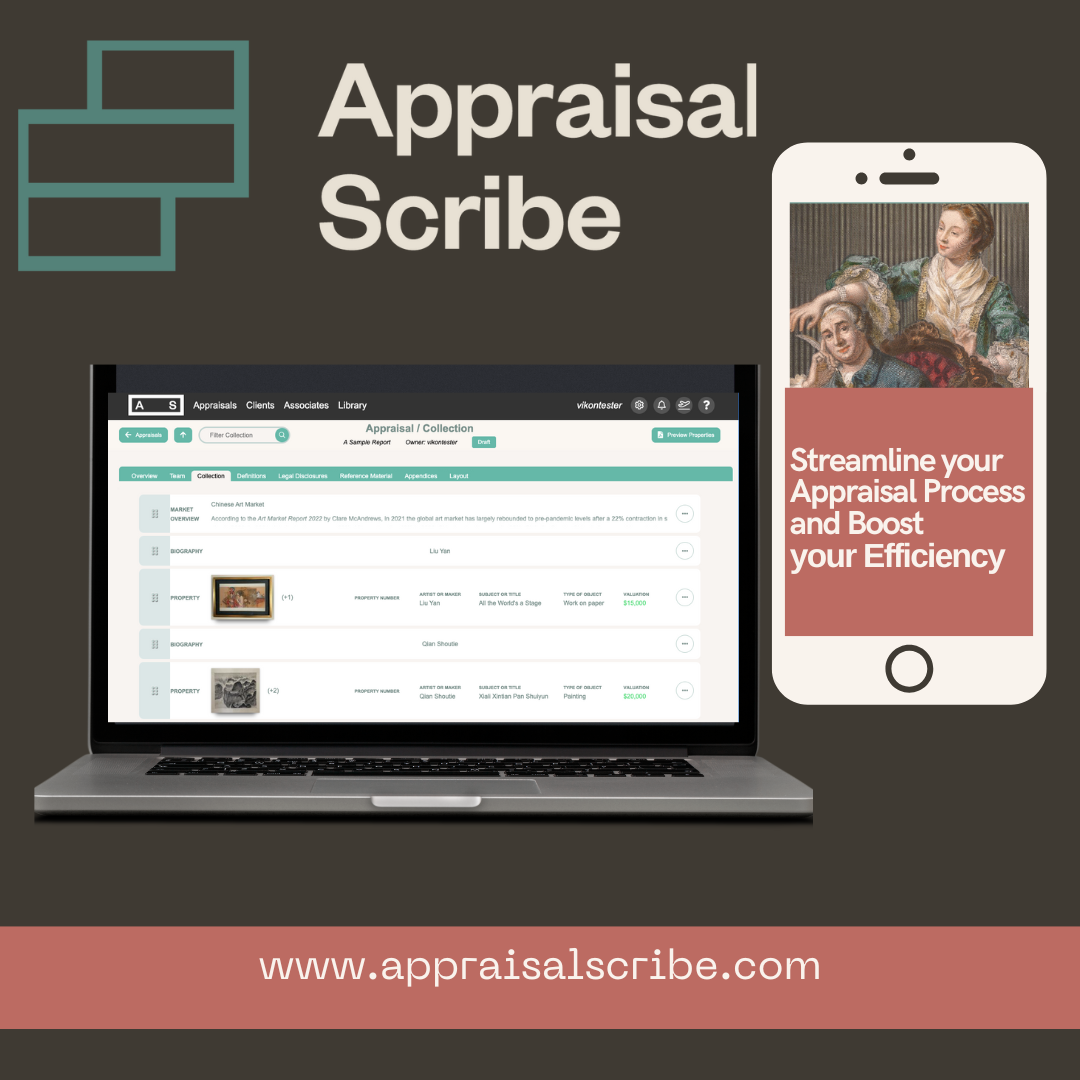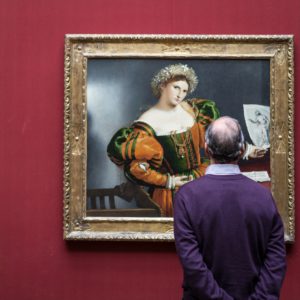Tag Archives: art collecting
The Ins and Outs of Donating to a Museum
As advisors in art collection management, we often get inquiries from people who have inherited a work of art or a collection and are interested in donating to a museum. Many assume that most museums will be glad to accept a given art work to their collection. Unfortunately, it is not as easy as one would think. First of all, the art work or collection in question needs to fit into the museum’s mission. Even if it does fit the mission, the museum may already have a number of similar works. For example, we recently inventoried and advised on a large collection of Mexican folk art that had been acquired by an recognized academic in the field. However, many of the museums with a mission congruent with her folk art collection, already had many similar works and were very selective in accepting objects from the collection. The reality is, that there are costs to accepting an artwork or a collection – costs to store, costs to conserve and maintain, and costs to research. Museums are more likely to accept if the artwork or collection fills a gap in a collection, or if the artwork fits into a category that the museum is looking to expand.
In the case of antiquities or cultural property, curators may be concerned about the authenticity of an object, or if that object may have been acquired in violation of international cultural patrimony laws. If the owner does not have a solid provenance (history of ownership) for the artifact, documentation that it was acquired from a respected and known auction house, gallery or collector, it can be viewed as a red flag by curators about its authenticity or the legality of its acquisition. For more on the ins and outs of donation, click on the link below.



